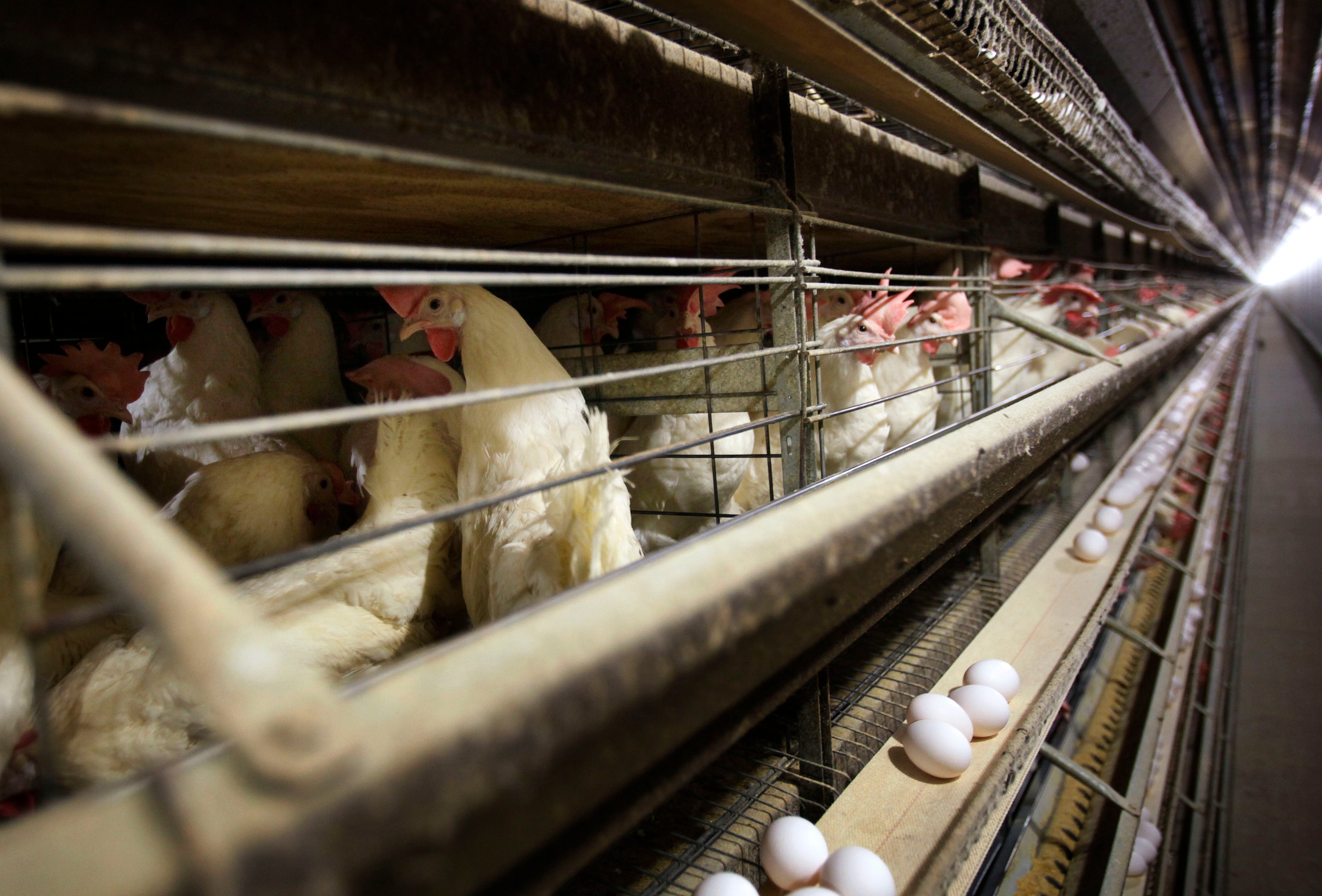Colorado Bird Flu Transmission and Spread

The Colorado bird flu virus is highly contagious and can spread rapidly among poultry. The primary mode of transmission is through direct contact with infected birds or their bodily fluids, including feces, saliva, and nasal secretions. The virus can also be transmitted indirectly through contaminated surfaces, equipment, and clothing.
The recent outbreak of bird flu in Colorado has raised concerns among poultry farmers and public health officials alike. While the virus has not yet been detected in humans, it is important to take precautions to prevent its spread. Meanwhile, the ongoing political battle between Trump and Vance continues to dominate the headlines, with both candidates vying for the Republican nomination in the upcoming election.
However, the threat of bird flu should not be overlooked amidst the political drama, as it poses a significant risk to the poultry industry and could have wider implications for public health.
The virus has been detected in multiple counties across Colorado, including Weld, Larimer, Boulder, and Jefferson counties. The geographic distribution of the virus is likely to expand as the outbreak continues. The prevalence of the virus is highest in areas with high concentrations of poultry, such as commercial poultry farms and backyard flocks.
Amidst the avian influenza outbreak in Colorado, where thousands of birds have been culled to prevent the spread of the virus, there has been a concurrent surge in the political discourse surrounding Glenn Youngkin’s stance on Israel. Glenn Youngkin’s recent visit to Israel has sparked a debate about his foreign policy views, particularly regarding the US-Israel relationship.
Meanwhile, the Colorado bird flu situation continues to evolve, with experts monitoring the potential impact on poultry production and human health.
Factors Contributing to the Spread of the Virus
- Increased poultry movement: The movement of infected poultry, either for commercial purposes or backyard flocks, can contribute to the spread of the virus to new areas.
- Poor biosecurity practices: Inadequate biosecurity measures, such as lack of proper hygiene and disinfection, can facilitate the spread of the virus within poultry flocks.
- Wild bird migration: Wild birds can carry and transmit the virus, contributing to its spread over long distances.
- Environmental factors: Certain environmental factors, such as high humidity and low temperatures, can favor the survival and transmission of the virus.
Impact of Colorado Bird Flu on Poultry Industry

The Colorado bird flu outbreak has had a significant economic impact on the poultry industry, leading to losses in revenue, disruption of supply chains, and increased production costs.
To control and mitigate the spread of the virus, various measures have been implemented, including quarantine of infected flocks, movement restrictions on poultry and poultry products, and enhanced biosecurity protocols. These measures have been crucial in preventing the further spread of the virus and protecting the health of other poultry populations.
Challenges Faced by Poultry Farmers
Poultry farmers have faced numerous challenges in managing the bird flu outbreak. The quarantine and movement restrictions have disrupted their normal operations, leading to reduced production and increased costs. Additionally, the enhanced biosecurity measures have added to the workload and expenses of farmers.
- Loss of income due to reduced production and market closures
- Increased expenses for biosecurity measures and disease control
- Disruption of supply chains and market access
- Psychological stress and uncertainty about the future of their operations
Public Health Concerns Related to Colorado Bird Flu

The Colorado bird flu virus poses potential risks to human health, necessitating precautions to prevent transmission and protect public well-being.
The virus can infect humans through contact with infected birds, their bodily fluids, or contaminated surfaces. Human cases are rare, but they can cause severe respiratory illness and, in some cases, lead to death.
Prevention of Bird Flu Transmission, Colorado bird flu
To prevent transmission of the virus from birds to humans, it is crucial to:
- Avoid contact with sick or dead birds.
- Wash hands thoroughly with soap and water after handling birds or poultry.
- Cook poultry and eggs to an internal temperature of 165°F (74°C).
- Clean and disinfect surfaces that may have come into contact with infected birds.
- Wear appropriate protective gear, such as gloves and masks, when handling poultry.
Symptoms and Treatment of Human Bird Flu
Symptoms of human bird flu can range from mild to severe and may include:
- Fever
- Cough
- Sore throat
- Muscle aches
- Headache
- Fatigue
In severe cases, the virus can lead to pneumonia, acute respiratory distress syndrome (ARDS), and organ failure.
Treatment for human bird flu typically involves antiviral medications, such as oseltamivir (Tamiflu) or zanamivir (Relenza), which can help reduce the severity and duration of symptoms.
Early diagnosis and treatment are crucial for improving outcomes in human cases of bird flu.